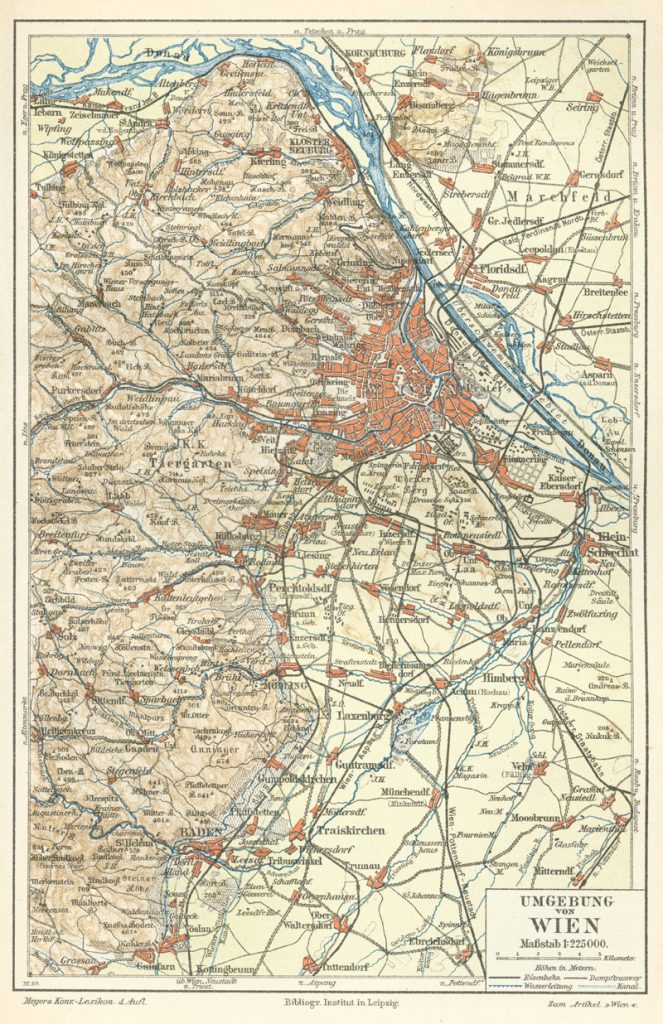The Empty Mirror (2008) by J. Sydney Jones.
GoodReads meta-data is 320 pages rated 3.4/5.0 by 351 by litizens.
Genre: krimi, period.
Verdict: serious and intense.

Vienna: In 1888 Gustav Klimt is arrested on suspicion of murder when one of his models is found dead! Klimt is an uncouth giant from whose hand comes those ethereal paintings. That was a striking contrast.
His friend and commercial lawyer Karl Werthen promises to help him. To Klimt it is all some kind of joke and he treats his incarceration as a research trip. But the murder was the fourth in a series and the Pox News clamour to scapegoat Hillary is loud, though an advisor to the police minister tells Werthen that Klimt is not the guilty one but public opinion demands a scapegoat, and well…..Hillary is not available so it might just have to be the big guy.

Werthen is ill equipped to investigate a murder but his old friend from Graz (been there) Dr. Hans Gross is an accomplished criminologist, as he says repeatedly. Gross is passing through the capital of the Empire en route to the University in Bukovina to take up the Chair of Pompous Pontificating in that remote corner of the Austrian Empire. To extend his stay in Vienna Gross is ready to lend a hand.
While Werthen is strait-laced, upright, and uptight, Gross is ready to get down and dirty, crawling around the crime scene with a magnifying glass or probing a corpse in the mortuary. Werthen finds all that distressing, disturbing, and distasteful, but Gross’s effort does turn up clues missed by the plodders.
Gross concludes that the murders have been calculated to implicate Jews. About halfway through (per the Kindle measure) someone observes Gross and Werthen. Ominous. Is this the perpetrator watching those who seek him. His perspective recurs now and again thereafter.

The conceit is that Gross has written several textbooks on criminal investigation which have been read by Arthur Conan Doyle who then used the techniques therein revealed to create Sherlock Holmes. Gross assumes everything stems from sex and cites Richard Freiherr von Krafft-Ebing to that effect. To avoid censure Krafft-Ebing wrote his book in Latin – Psychopathia Sexualis. (We passed Krafft-Ebing’s mansion a few week ago when traversing Vienna.) They seek out a young Sigmund Freud for advice but he is out of town for the moment.
The malevolent observer arranges for a red herring, and muses on his duties. Gulp!
Then the story seems to end half way through and there is a romantic interlude in which Werthen gets married to live happily ever after. As if!
Then the krimi resumes. Odd construction. What would Aristotle make of this disunity? Same as me. Annoying is what I made of it. One character mentioned the sewers (shades of The Third Man) in passing and leaves it at that. The mention alerted this reader but nothing came of it. False alarm.

The story starts again, and includes a stay to the Lower Belvedere which we visited in September 2019. The plot goes around and around and includes the much exploited events at Mayerling and even Sissi with a head of hair to make Farrah Fawcett cringe. In the end our heroes prevail, but only just.
There are many nice touches. Foremost is the study in corruption of the prince who masterminded the whole thing in the name of saving the Austrian Empire, chiefly from those Magyars. Franz Ferdinand is also a nice portrait of nobody’s fool. Then there is the Emperor whose sole concession to modernity is to make himself available to receive petitions from citizens twice a week for an hour. Otherwise, Austria in 1898-1899 as portrayed in this novel clings to the past. Motor cars are discouraged. Electricity, despite the role of one of its citizens — Nicoli Tesla — in it development, is not used by the government for illumination. All the sixty Austrian generals based in Vienna are seventy or more years old. The body politic was a gerontocracy with sclerosis, lacking a mirror of self-knowledge.

Jones has a compère in fin de siecle Wien and that is Frank Tallis whose books include Vienna Blood, Death in Vienna, Vienna Woods, and Fatal Lies discussed elsewhere on this blog.
Having just spent a week in Vienna I recalled many of the streets and byways that figure in this book.

